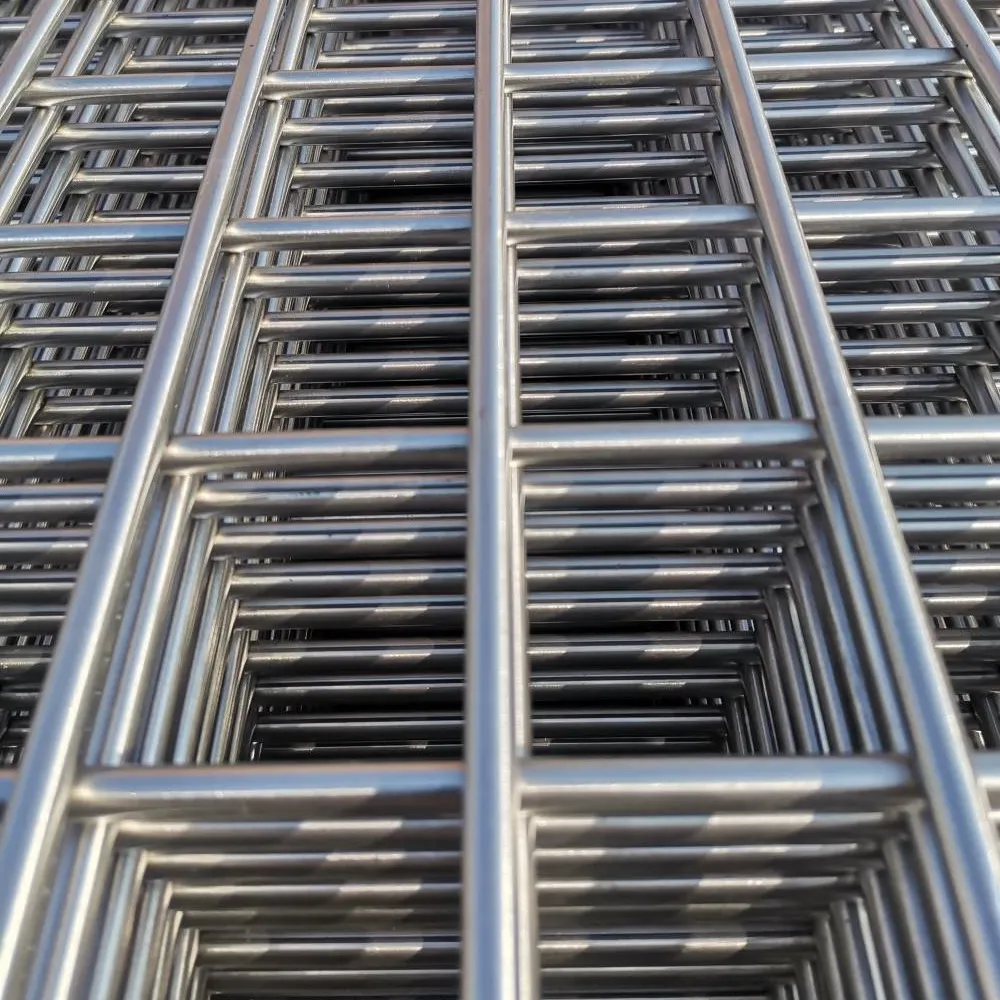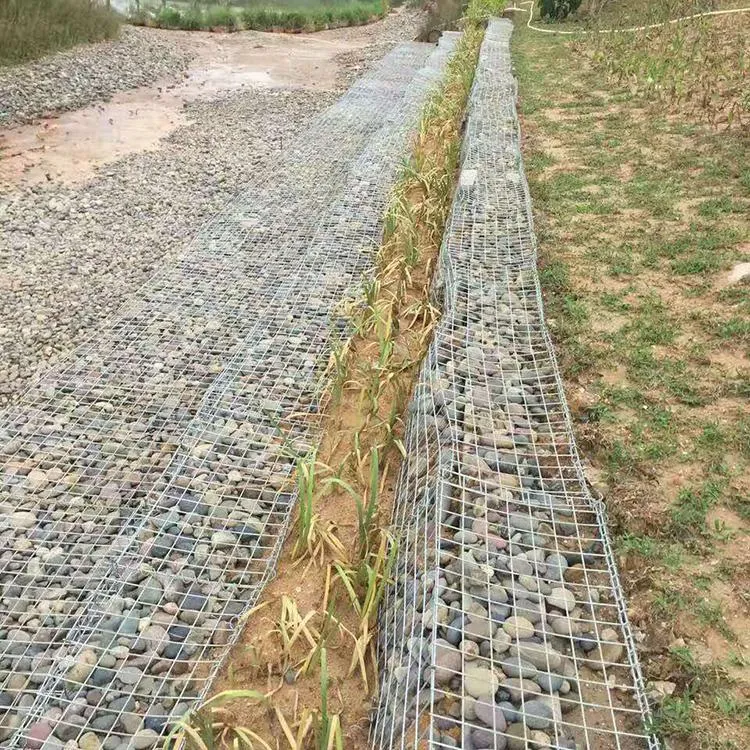Steel grating for drainage systems is not only an essential component in modern infrastructure but also a symbol of innovation and efficiency. Its application spans across various sectors, including commercial complexes, industrial sites, and public roads, highlighting its versatility and significance.

In recent years, the use of steel grating in drainage has become increasingly popular due to its robustness and adaptability to different environmental conditions. This article delves into the distinct advantages and applications of steel grating in drainage systems, emphasizing its contribution to sustainable development and enhanced functionality.
One of the standout qualities of steel grating is its exceptional durability. Made from high-grade steel, these gratings can withstand significant load weight and are highly resistant to corrosion and wear. This makes them ideal for heavy-duty applications, where other materials might fail. In areas prone to heavy rainfall or flooding, steel grating ensures efficient drainage by preventing blockage and directing excess water away from critical areas. This feature not only protects infrastructure but also reduces maintenance costs in the long run.

Furthermore,
steel grating offers unmatched versatility. Whether you need it for a small residential drainage system or a large industrial setup, these gratings can be tailored to fit specific dimensions and load-bearing requirements. Steel grating can also be installed across varying topographies and integrated smoothly with existing systems, thereby facilitating seamless upgrades. This flexibility extends to aesthetic considerations as well, with a range of finishes and coatings available to blend with the surroundings or meet specific safety standards.
The sustainability of steel grating for drainage cannot be overstated. As industries and municipalities strive to implement eco-friendly practices, steel grating emerges as a favorable choice. It is 100% recyclable, ensuring that its use does not contradict environmental goals. Moreover, the longevity of steel grating translates to fewer replacements and lower resource consumption over time, aligning with principles of sustainable development.
steel grating for drainage
Expert insights underscore the importance of choosing the right type of steel grating for specific drainage applications. Professionals recommend considering factors such as load capacity, environmental exposure, and flow rate requirements during selection. For instance, in areas with high vehicular traffic, heavy-duty gratings with wider spans can better accommodate the load and prevent premature failure. Conversely, in residential areas, lighter, more aesthetically pleasing options might be preferred to maintain the visual appeal without compromising functionality.
Beyond its practical benefits, steel grating also supports regulatory compliance in various jurisdictions. Many regions mandate the use of specific materials and designs in public drainage systems to ensure safety and reliability. Steel grating, with its conformity to international standards, aids in meeting these legal requirements efficiently.
Steel grating's capacity to enhance drainage systems is not just theoretical. Numerous case studies illustrate its effectiveness in real-world applications. For example, in urban areas prone to flash flooding, the incorporation of steel gratings in drainage revamps has led to significant reductions in flooding incidents and associated damages. Industrial sites, too, report decreased downtime and maintenance interventions, thanks to the robustness and efficiency of steel grating solutions.
Choosing a reputable supplier for steel grating is a critical step in realizing these benefits. Industry authorities advise prioritizing companies with proven track records in quality and reliability. Additionally, engaging with experts during the planning and installation phases can further optimize performance outcomes, ensuring that the infrastructure not only meets present needs but is also future-proof.
In conclusion, the deployment of steel grating for drainage purposes represents a forward-thinking approach to managing water runoff effectively. Its durability, adaptability, and sustainability make it an indispensable element in infrastructure planning and execution. As urbanization continues to push the limits of existing systems, investing in reliable and robust solutions like steel grating will prove crucial in building more resilient communities and industries.
























